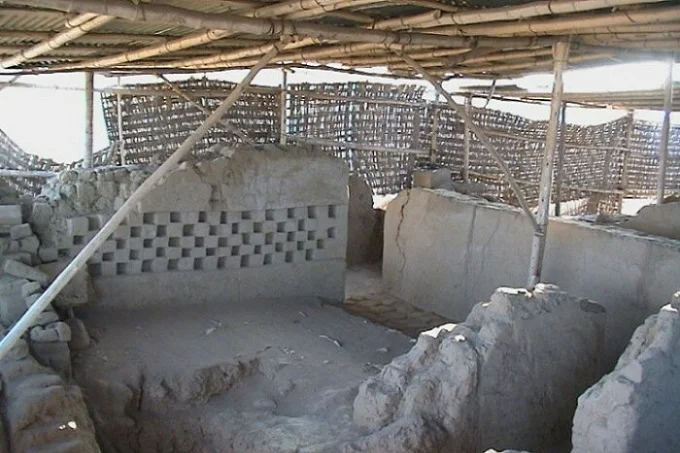There is an ancient and mysterious place in Peru. It is believed to have a special power. These are the pyramids of Túcume, which existed here even before the Incas.
Many ancient artifacts are hidden here, but the history of the origin of these objects and the culture of their contemporaries is still one of the most interesting mysteries for archaeologists and historians of South America. Well, for tourists, this is another exotic attraction that excites the imagination.
The ancient city of Túcume is considered the last great capital of the kingdom of Lambayeque, located on the northern coast of Peru in the foothills of the Andes and originated around 700 AD. Representatives of the Lambayeque culture were the forerunners of the Incas.
Túcume included two districts: the southern one was residential and industrial, and the northern one was intended for religious rites – here the pyramids stood.
The construction of these unique objects, according to researchers, began around 1000, when the city turned into an important regional center after the destruction of the pyramid complex in Batan Grande.
It was a settlement with an area of about two thousand square kilometers, on which there were 26 large pyramids and mounds. They were built in several stages, and each such stage belonged to a certain dynastic generation of rulers. The ancient builders used clay as a material.
The outer surface of the pyramids was, for the most part, decorated with a series of successive horizontal protrusions running around the entire circumference of the adobe structure.
The city of Lambayeque continued to flourish in Tucuma until the kingdom was captured and replaced by the highly developed pre-Columbian culture of Chimu (1375), then the Incas (1470), and even later (from 1532) by the Spanish conquistadors.
By the time the Spanish chronicler Pedro Cieza de Leon traveled between Jayanca and Tucuma in 1547, the pre-Hispanic city center had already been destroyed and abandoned. Leon indicated this in his notes. According to scientists, the pyramids were set on fire by the Spanish conquerors, after which the locals left this place, considering it unclean.
Interestingly, the pyramids of Túcume (or rather, what was left of them) were discovered by chance by black diggers looking for gold. In 1894, researcher Hans Heinrich Brüning began a systematic study of them.
The objects are arranged in a strictly defined order, they are built around a local mountain. Each pyramid has a patio and storage annexes. The most prominent pyramid is Huaca Larga, and its length is 700 meters!
And when researchers opened the tombs, many ancient artifacts were found inside. Now they can be seen in the local museum. Thanks to these findings, one can learn about various aspects of the domestic life of the ancient townspeople, about the production processes in those distant years (in particular, about mastering the methods of metallurgy), and, of course, about the cults and beliefs of this civilization.
Alas, since the discovery of the pyramids, many finds have been plundered by looters. At the same time, according to scientists, even more, artifacts have not yet been found – in particular, some are hidden under the greenery growing in these places.
Local shamans claim that the pyramids of Túcume and this place itself have healing powers. Until now, ancient pagan rituals are held here. Tourists can get to the mysterious city from Lima or Trujillo either by air or by bus.
